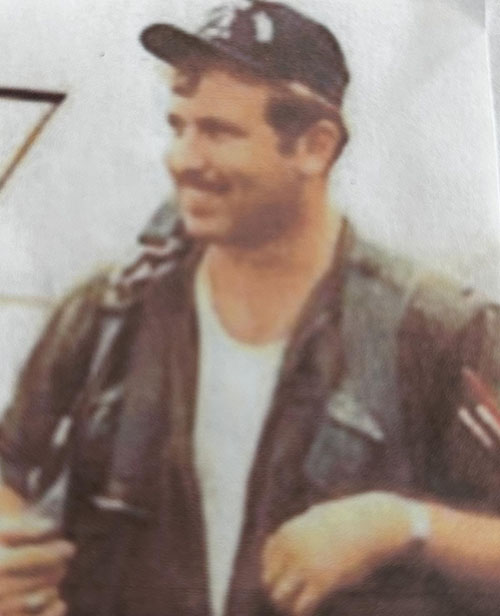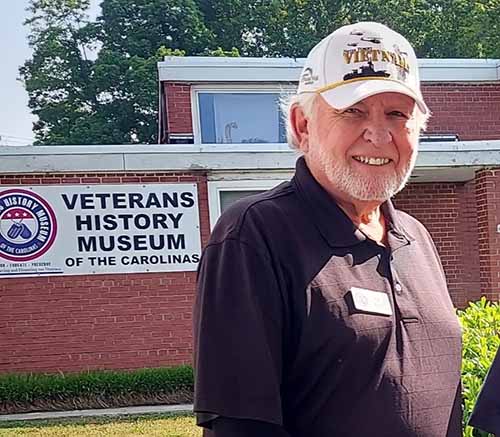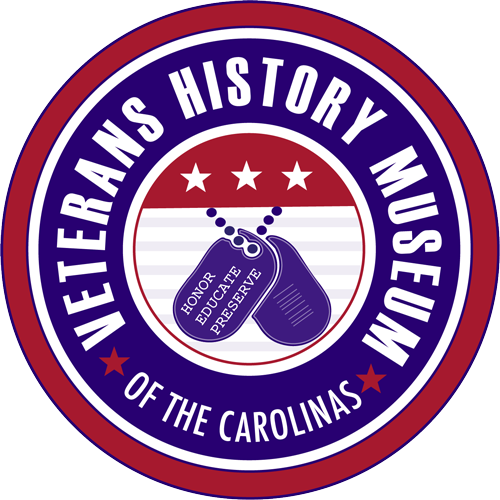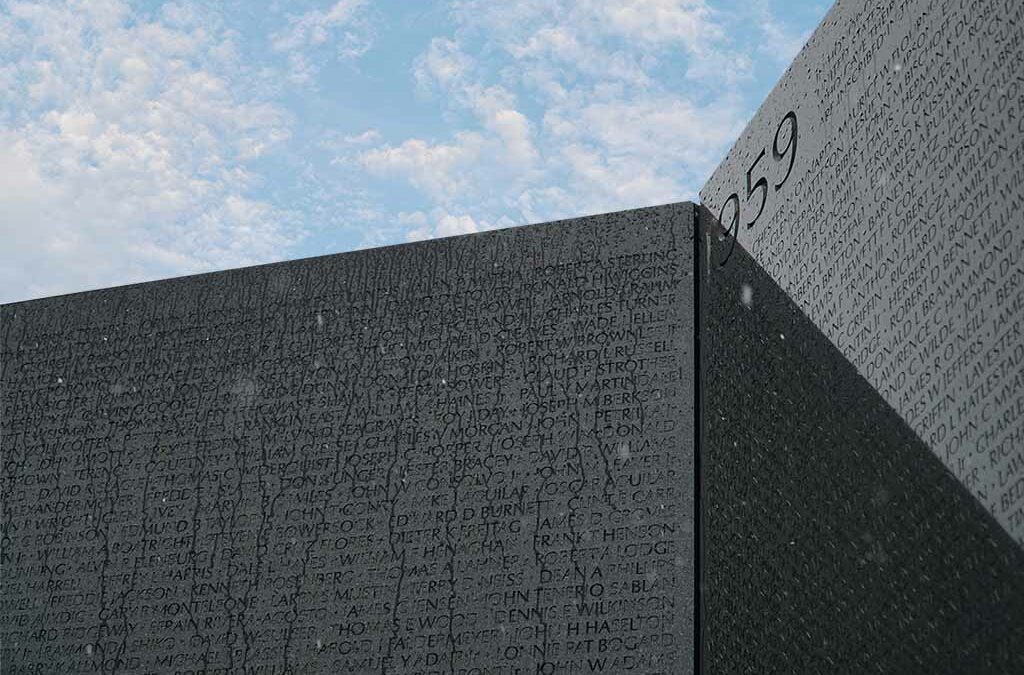War in Vietnam
Some say it must be 50 years gone before accurate history can be written. Well, it’s been 50 years from when I left the Vietnam War behind so allow me to tell you an abbreviated history of our most flawed and fabled war. It was a war that President Nixon declared in 1971, “the end is in sight.” It just didn’t end how he envisioned it would.
The war in Vietnam began to take shape from a letter President Dwight Eisenhower sent to Winston Churchill after Korea. In that letter he expressed his concern that Indochina, as well as those islands on the periphery, could not be allowed to fall into Communist hands. He suggested a coalition of nations to stop that from happening and thus in 1954, the Southeast Asia Treaty Organization (SEATO) was formed. It was to act as a common front against Communist aggression in the region.
When, also in 1954, the French were defeated at Diem Bien Phu and cast out of Vietnam, the country was subsequently divided at the 17th Parallel in a negotiated Geneva settlement. Responding to aid requests from the South Vietnamese government, President Eisenhower–using the now-discredited Domino Theory to justify our involvement–sent U.S. advisors to train the South Vietnamese army in conventional and counter-insurgency operations. After five years of “relative” quiet, in 1959 the Communists began to step-up their encroachment into the South. In response, in 1961, now President John F. Kennedy began to add more advisors and Special Forces personnel. That number eventually rose to approximately 15,000.
(Author’s Note. My father flew a special reconnaissance aircraft from 1961-1963 in Vietnam. When he returned, he said I’d never have to go because the war was so messed up. When I arrived in Saigon in 1971, I thought my dad would not have made a very good fortune teller. But he was right about the war.)
“I was back from a mission over Laos in 1972 as a 1st Lt. Our flight suits were sanitized of name, unit, etc. The hat says ‘Commando Forge’ which indicates we were the only unit (12 crews) authorized to fly EC-47s in Laos. We flew 4 sorties a day.”

America’s forces continued to aid the Vietnamese
America’s forces continued to aid the Vietnamese in the foregoing manner until 1965, when Lyndon B. Johnson and his Secretary of Defense Robert McNamara, began an American buildup which would increase to almost 500,000. During LBJ’s presidency when he and his Cabinet were more interested in domestic policies than in fighting a war, they successfully stopped the military from fighting one. Military recommendations were disregarded and all decisions—down to target sets and even the munitions required on aircraft—were made in Washington.
Thus, the war continued unabated until Richard Nixon was elected President in 1968. He began a U.S. drawdown in 1969. By 1972, President Nixon, taking the advice of the military that LBJ discarded, brought the Communists to the peace table. The Paris Peace Accords were signed in 1973, and the war essentially was over. But not so fast.
A Congress, hostile to Nixon and subsequently his successor Gerald Ford, reneged on the Paris agreement by not only passing an amendment to the Defense Appropriations Bill to prohibit further military involvement in Vietnam but also ignored any further Vietnamese requests for aid. So, in 1975 the Communists, seeing South Vietnam standing alone, crossed the 17th Parallel and a Viet Cong flag was raised over Saigon on April 30, 1975. The war and the extraction of the remaining U.S. personnel from the American Embassy had truly come to an end that day. Not with a bang but with a whimper.
Let me close by saying Vietnam was a war we won in 1973. However, two years later it was lost in the halls of Congress. But the sacrifices these men and women made, not only those of the regular armed forces but also by those whose number simply came up in the lottery of the draft, never failed their country.
Author’s Note: I did not receive the scorn you have perhaps heard about directed at other returnees. That may be because we were advised to wear civilian attire and to not go outside the San Francisco airport’s terminal building while waiting for our next flight unless absolutely necessary. However, many vets were vilified and treated as the “face of an unpopular war.” To this day I know that many Vietnam vets still carry the emotional scars they faced over 50 years ago. A war in which they were sent to fight by those who never did.
Americas citizen-soldiers performed with a tenacity
“Dropped into the enemy’s terrain 12,000 miles away from home, Americas citizen-soldiers performed with a tenacity and quality that never may be understood. Those who believe the war was fought incompletely on a tactical level should consider Hanoi’s recent admission that 1.4 million of its soldiers died on the battlefield compared to 58,000 total U.S dead. Those who believe that it was a dirty little war where bombs did all the work might contemplate that it was the most costly war the U.S. Marine Corps has ever fought—five times as many dead as WWI, three times as many dead as in Korea, and more total killed and wounded than in all WWII…To this day it stuns me that so many of their own countrymen have so completely missed the story of their service, lost in the bitter confusion of the war itself.” Senator James Webb (D-VA)
If you’d like to read more about veterans coping with physical and mental issues caused by the nature of war, I’d refer you to a wonderful website,, www.brothersandsisterslikethese.com.
May we always have men and women such as these who served.
Art Cole (Colonel USAF, Retired) served 25 years from 1970-1995. He is a Command Pilot who held Squadron, Base, and Wing command positions. Operationally, he flew the EC-47, T-39, KC-135, and B-52. From 1971-72 he flew the EC-47 aircraft (known fondly to its crews as the “Electric Goon”) from Danang AB, Vietnam, and Nakom Phanom RTAB, Thailand. He volunteers at the “Veterans History Museum of the Carolinas” on Main Street here in Brevard.



I appreciate your thoughts on the war and your part in it. My family was among the many that were affected by it. My stepfather remains unaccounted for since ’71 (when I was 14) while on his 2nd tour as an observer on a LOACH over Laos. Both he and the pilot were initially MIA. My father arrived for HIS 2nd tour the very day my stepfather was killed. And my father-in-law faced internal battles long after his combat tour. I will remain forever grateful for their service and sacrifice to this country. Thanks for this space to share my thoughts.
Warriors are sent by those who never served. I don’t have words to express my heartfelt condolences to you and to those who lost loved ones, or to those still experiencing the tragedy of war. If your father-in-law is still with us, the website https://brothersandsisterslikethese.com, may provide some solace. I found it a quiet place not only for individuals but also for families and friends to help heal.
I wish them all God’s comfort and peace. Blessings,
Art
I just came from a VFW presentation on patriotism this morning at a local middle school. I appreciate your comments regarding how we were unappreciated in the job we did.
I’m a Vietnam Veteran who did two tours 65-66–68-69 I have nightmares and I sleep with my handgun I still walk my fence every night.
Hi Tom what branch were you in? My father Paul Sims is looking for a Tom Hebert he served with in Vietnam with the Marine Corp. He has been searching for him to talk. Hopefully you see this. Thanks!
Former Marine Vietnam 1965 -1967,still carry in my mind lost friends,FOR WHAT,still mad as hell at 79 yrs.old
Art, I just found out about your article from an email I got today from Charlie Hale and Ed Diehl. I flew with all of the guys on Baron 52 prior to their shootdown on February 5, 1973.
Here is a link to my modest tribute site to our lost comrades and their survivors.
http://www.opaobie.com/promisekept_trans.html
It is dedicated to the members, family, friends, and loved ones of the 360th, 361st, and 362nd Tactical Electronic Warfare Squadrons and to the members, family, friends, and loved ones of the 6994th Security Squadron and all the others who were connected with the EC-47 aircraft during the Vietnam War. The poem was written as a tribute to those we lost and a chronicle of how my wife and I spent that year. This site was created as a promise kept to those we lost that they never be forgotten.
Hand Salute,
Captain, USAFR
360th, 361st, and 362nd TEWS, DaNang, NKP, and Ubon
1972-1973
My name Kenneth McQueen I to served a couple of tours in the NAM I to the America treated us when came back the World it hate and confusion I pray that this country never ever tROTHERSreat the and who provide for them Enjoy the Freedom that WE provide for them WELCOME HOME MY B
Thank you SO MUCH
Thank you. And thank you for being there when others counted on you. I’ll bet you gave more than you’ll ever know.
Peace Brother,
Art
Your perspective hit it on the head. My brother & I were drafted into the Army in 68. He to Nam. Me to Korea. Prior to that we both knew we would be drafted. Growing up during the cold war & nuclear holocaust threat was enough trauma. He came back scrambled. Me, trying to figure out the craziness and the hate for those who served.
135 A. H. C. E.m.u.
ATTACHED to Danang navel support fuel farm across from 1st marine air wing next to air strip. 1968/1969. 69tet hit us pretty good. Can’t shake off PTSD, just gotta live with it. God bless us all and those on the wall will never be forgotten.
Once we served the long days and nights. Waiting for the sunrise to come. One more day my buddy on the right an left. No more I did serve.
I’m trying to make contact with Mr Cole. We live in eastern North Carolina and will be camping in Brevard this year. I hope to meet him. I lived in Okinawa for fiver years from 1967-72 during the Vietnam war.
We will give Mr. Cole your email so he can contact you if he wants. Thank you for reading our newsletter!
The pilots were real hero’s, particularly the helicopter pilots in my case. They saved our 6 numerous times when we were in real trouble. One Medevac pilot, of which I will never know his name, flew into the DMZ in March of 1971 and picked up 1st Lt Durney, my RTO, as well as myself. To my knowledge they were not even supposed to fly into the area, but without regard for their own safety, they flew in anyway.
The cobra pilots were also a breed of their own. Those pilots commanded respect and darn well got it.
The guys in the air were a ground pounders best friend., along with the mortar & artillery brigades stationed on fire bases and ships.
When the 1st of the 501st of the 101st Airborne Division moved from the mountains northwest of Da Nang, to occupy the DMZ, it was a new ball game and the guys in the air were definitely one of our best friends. The Huey’ Cobra and dust off pilots were our hero’s.
I came home Medevac and as such skipped much of the welcoming parties led by the ginned up war protesters here at home. I wasn’t nearly so lucky though as to the negative attitude that many held.
Probably the harshest sentiment was the negative reaction from some of the WWll veterans, however I now understand how effective propaganda can be.
It was a war to never be won, but the losses were great for our country regardless.
After 53 years the memories are still stored in the innermost part of my mind, memories that I will likely carry for the remainder of my life.
Thanks to all the people who flew those missions into danger, without regard for their own safety. Because of these men, many are privileged to still hang around and carry these memories.